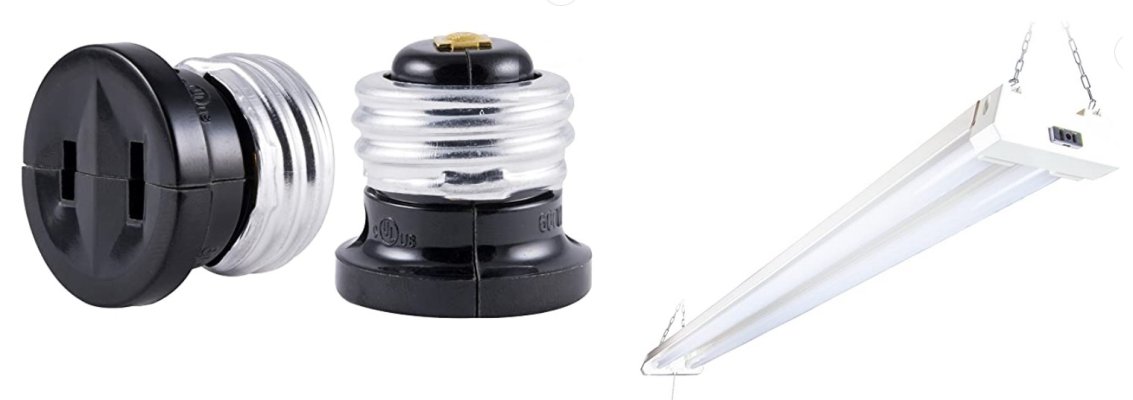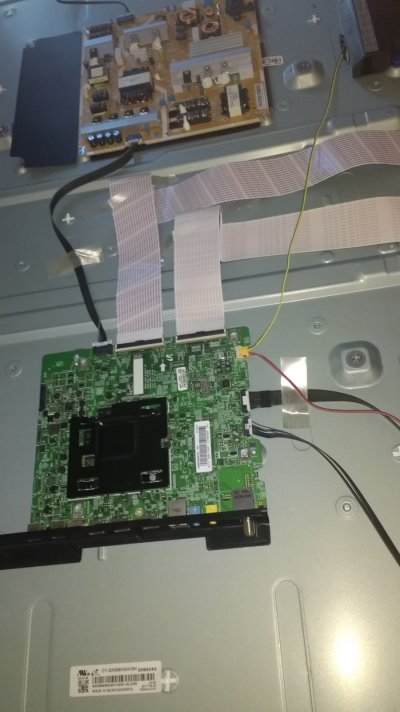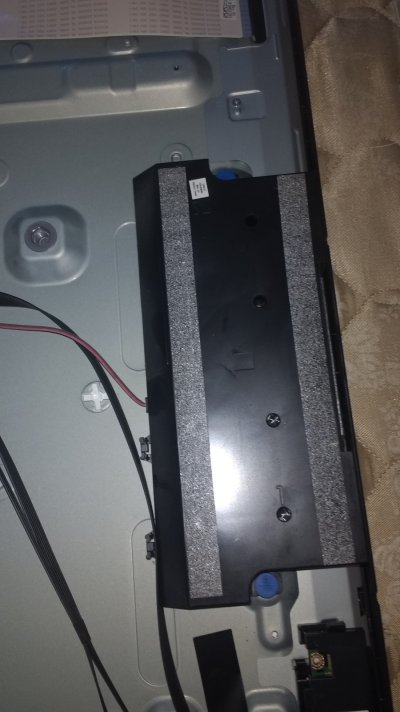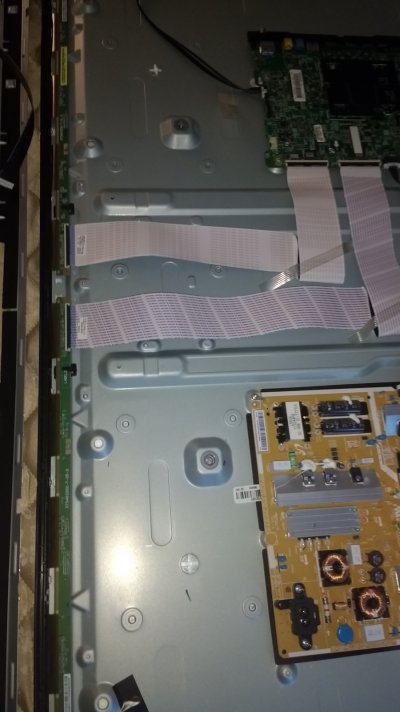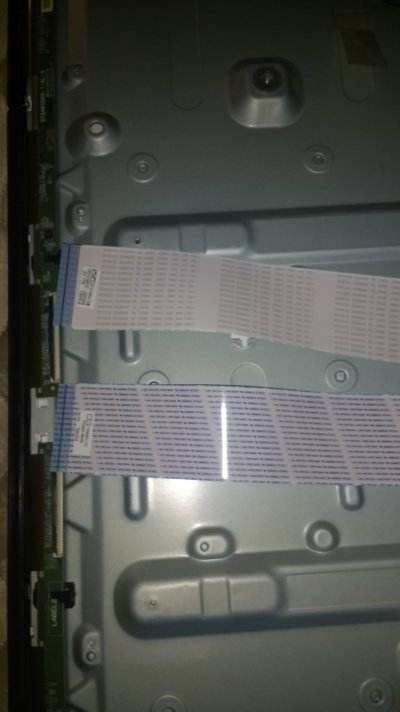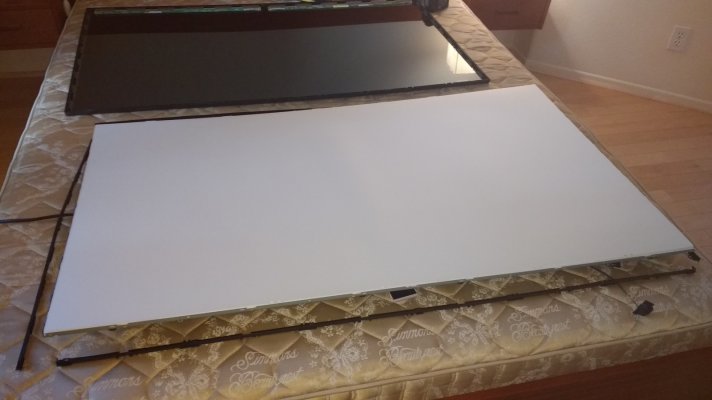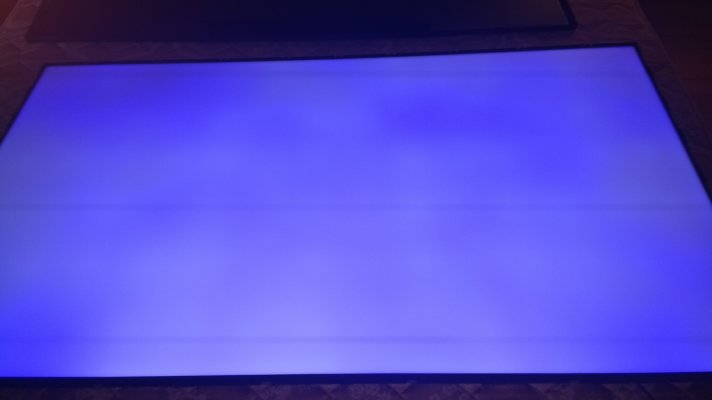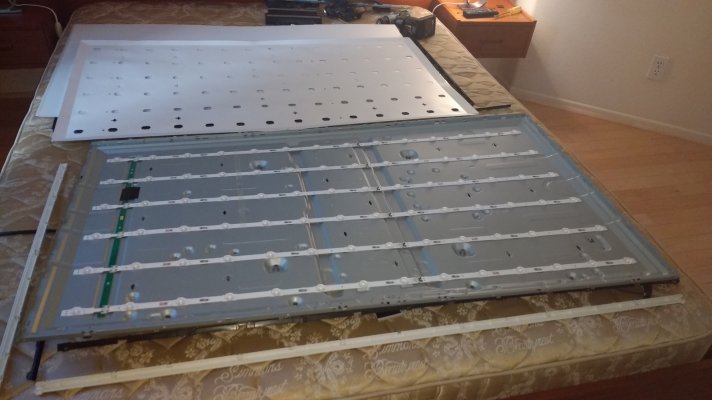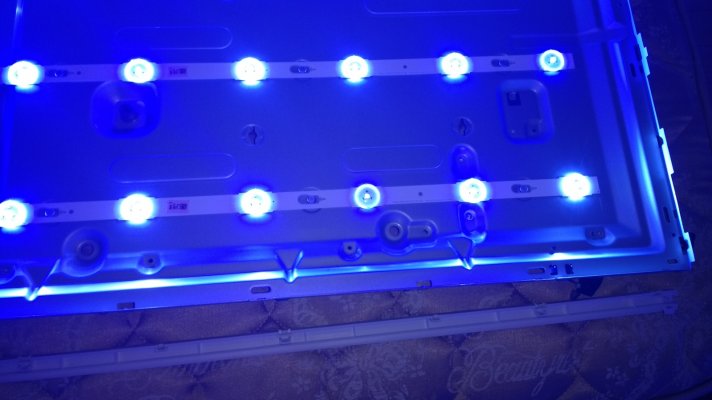I recently replaced the catalytic converter in my car. Fairly easy job other than having to jack the car way off the ground to get enough room to swing the exhaust downpipe into place. Unfortunately, about a week after I installed it, the cheap gasket they included started leaking badly. This made the car undriveable.
So, we were driving my wife's car while I waited on a new gasket. On the way back from the grocery store one night, her battery died and we limped her car home.
Since my car wasn't driveable, I pulled the battery out of my car to get hers driveable again (we both drive Jettas). Of course, this time of year it gets dark early, so this was all done with flashlights in the cold at night. Fun.
Picked up a new battery for her car, put my battery back in my car, and one car was back on the road.
Then our daughter called saying her car was leaking coolant. I jacked it up and spent about an hour taking off various covers and climbing underneath trying to see where it was leaking. Finally determined it was coming from the radiator. This was a fairly easy job on our older cars, but on her Jetta the entire front end of the car has to come off to get at the radiator. Bumper, headlights, AC lines, sub frame, etc. Sheesh. That's more work than I wanted to tackle, so I called five different shops to find someone who could get to it the following day. They started early morning and it took them all day to get it up and running again. We picked it up at closing time. Car two back on the road!
Finally, I pulled my car back in the garage. Jacked it up, and proceeded to swap out the leaking downpipe gasket. Naturally, the steering rack prevented the downpipe from dropping the 1/4 inch I needed to slip in the gasket, so I had to disconnect the other end as well to get clearance. Kind of a pain, but I managed to get everything back together with no leaks this time.
I'm not sure what the odds of all three vehicles breaking down at the same time are, but we didn't have the best luck.
So now I have to ship back the old catalytic converter for a warranty refund, and I have another converter coming next week that I will need to ship back also (I originally thought the other new converter was leaking).
It has been a stressful week, but we're all up and running again. Yahoo!


